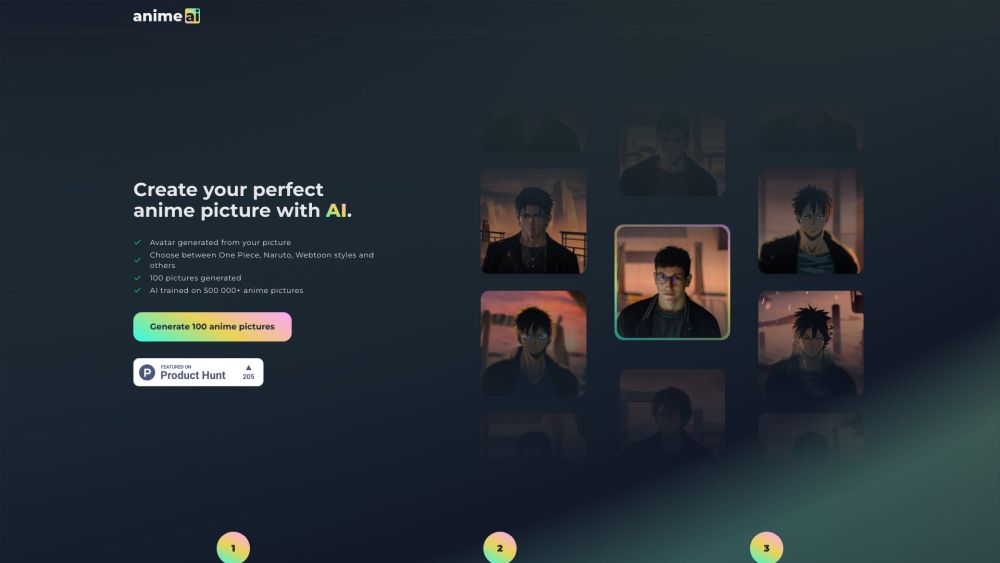The vastness of the ocean often enables polluters to escape detection except in the most blatant cases. SkyTruth aims to change this narrative with Cerulean, an innovative orbital monitoring platform designed for coastal waters that identifies not just oil slicks but also the ships responsible for them, offering unprecedented speed and accuracy.
For over 20 years, this nonprofit organization has served as a vigilant watchdog, advocating for environmental protection in instances like oil spills and conservation initiatives. While satellite imagery has always been a valuable tool for monitoring these situations, recent advancements in data frequency and quality have improved the ability to analyze incidents in near real time.
Although we’re still working towards immediate detection of oil spills or leaks upon occurrence, many regions of the Earth are now captured in high definition multiple times a day, or even hourly. This wealth of information can help track the timing and scope of an oil leak from an offshore drilling site before it expands significantly.
Cerulean is the software platform crafted to process and examine orbital imagery alongside other data sources, facilitating the identification and tracking of polluters and enabling more accurate assessments of pollution in oceans worldwide.
Obtaining this type of data directly from official sources can be challenging, as these entities typically rely on reports of vessel activity and other indirect indicators. Establishing the existence of a spill, illegal dumping, or other unlawful activities is already complex; quantifying their magnitude and attributing responsibility adds another layer of difficulty.
However, with Cerulean's satellite monitoring and data analysis capabilities, it’s possible to identify both the source and the oil spill in just a single image.
Rather than utilizing conventional visual spectrum analysis, the platform employs synthetic aperture radar data to detect variations in surface textures—such as the distinction between oil and water. Cerulean’s developers have implemented a machine learning model that identifies suspicious slicks or trails, allowing users to trace back to ships detected nearby during those times.
Using the platform is straightforward; I located a slick and identified the likely vessel responsible in about 30 seconds. You can also explore this tool yourself—just remember that it's currently in beta testing.
Of course, natural oil seeps, waves, shadows, and other benign activities can sometimes resemble oil slicks. Not all vessels are consistently tracked via their beacons, as Global Fishing Watch has discovered, highlighting the importance of collaboration between such organizations.
While Cerulean isn’t a standalone solution, it is an essential tool that should be utilized alongside other systems with human oversight. The platform is designed to be accessible even for non-experts, offering compelling data without requiring an academic background.
In a 2022 study, SkyTruth revealed that European authorities confirmed 32 human-related oil slicks. However, satellite data suggests that the actual number could be as high as 3,000—about one hundred times greater. It was once estimated that half of oil slicks are natural; recent synthetic aperture radar analysis indicates the figure is closer to 6%. When discrepancies in estimates are so vast, it is certainly food for thought!
This week, SkyTruth will publish five case studies highlighting recent projects in collaboration with advocacy groups worldwide. Here’s what they have been up to:
1. Interamerican Association for Environmental Defense: This group is utilizing Cerulean to monitor deep-water drilling infrastructure for leaks and spills. Their aim is to generate daily alerts for fishermen, who face health risks from slicks but also struggle to catch healthy fish. “We’re trying to bridge an information gap to pursue litigation, aiding communities in seeking compensation for damages caused by these spills,” said attorney Santiago Piñeros Durán.
2. Indonesia Ocean Justice Initiative: This organization seeks to quantify and improve accountability for frequent oil spills in Indonesia. The nation's dynamic maritime industry generates as many oil slicks as the next five countries combined, averaging over 100 slicks annually. With such evidence, IOJI and their partners can target regulatory reforms more effectively in court.
3. Andrew Dixon, Resort Operator: The owner of a small resort in Indonesia is using Cerulean to monitor the coastal area near Bintan, where there haven't been significant spills in a decade. However, if a spill occurs, he’ll be able to detect and report it promptly. “The ability to connect a spill to vessel traffic is incredible,” he said. “Previously, this process was labor-intensive, but now it’s automated. Simply informing captains that they are being monitored is a powerful deterrent.”
4. U.K. Climate Advocacy Group Uplift: Uplift harnessed Cerulean data to assess the frequency and magnitude of oil spills affecting U.K. waters. The impact of spilled oil on wildlife is undeniable, yet the severity of the damage hinges on the scale of the spill. “SkyTruth’s mapping of oil slicks hundreds of miles offshore has helped us visualize the extent of the damage, reinforcing our argument for halting new oil and gas projects in the North Sea,” remarked Daniel Jones from Uplift.
The 2022 report highlighting the disparity in oil slick estimates (32 versus 3,000) illustrates the critical need for new practices and regulations in addressing this issue.
Cerulean is continuously evolving; while accessible now, ongoing development is underway. CTO Jason Schatz mentioned that improvements to the model are in progress, advising users who wish to minimize false positives to focus on high-confidence identifications. The system relies solely on orbital observations and ship beacon data—ground verification is not part of the process.
“We have manually examined satellite imagery at numerous sites,” he clarifies. “While we can’t guarantee complete certainty regarding the composition of slicks based exclusively on satellite data, it offers the best scalability we currently have.”
This level of visibility can only be achieved through satellite technology and machine learning models that transform massive amounts of data into actionable insights. Looking ahead, SkyTruth plans to further enhance Cerulean in 2024 with model improvements, a user-friendly alert system for new slicks, additional training and feedback interactions with partners, and continued collaboration with concerned organizations and individuals. Stay informed about SkyTruth's progress here.






